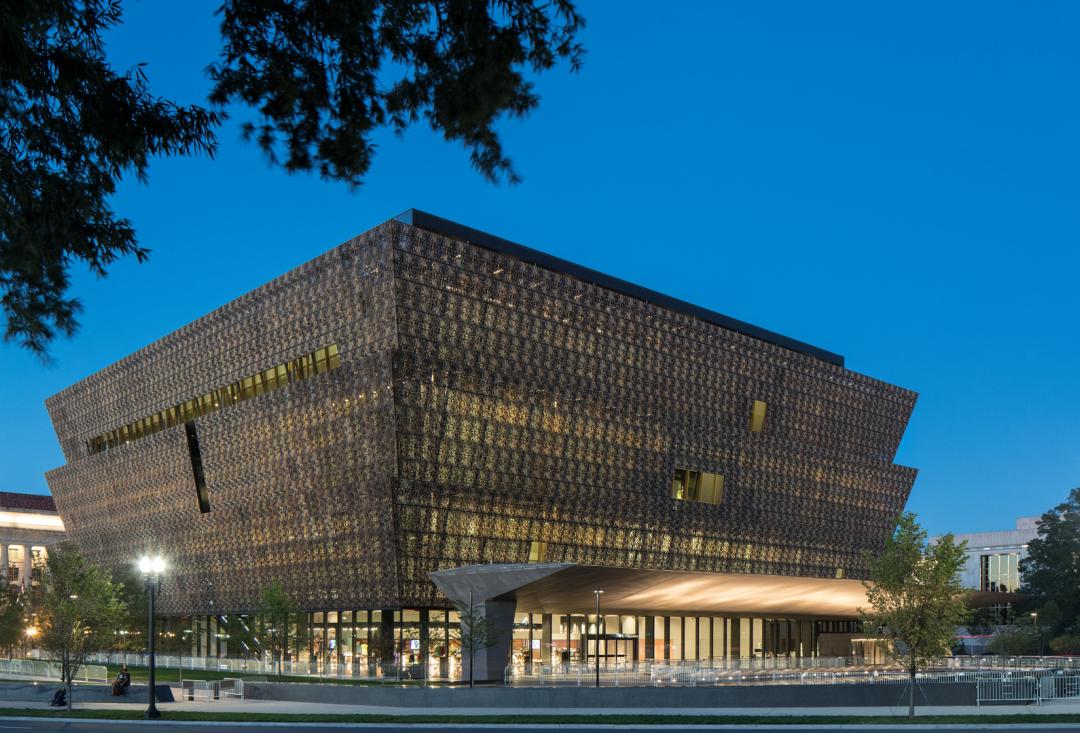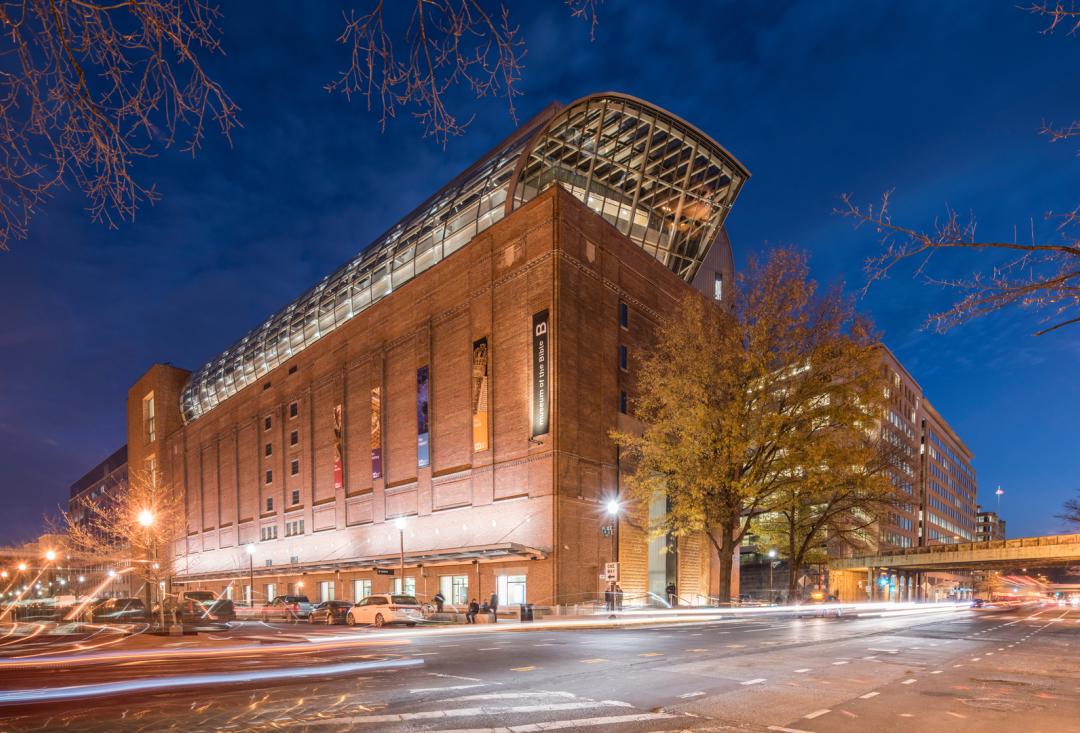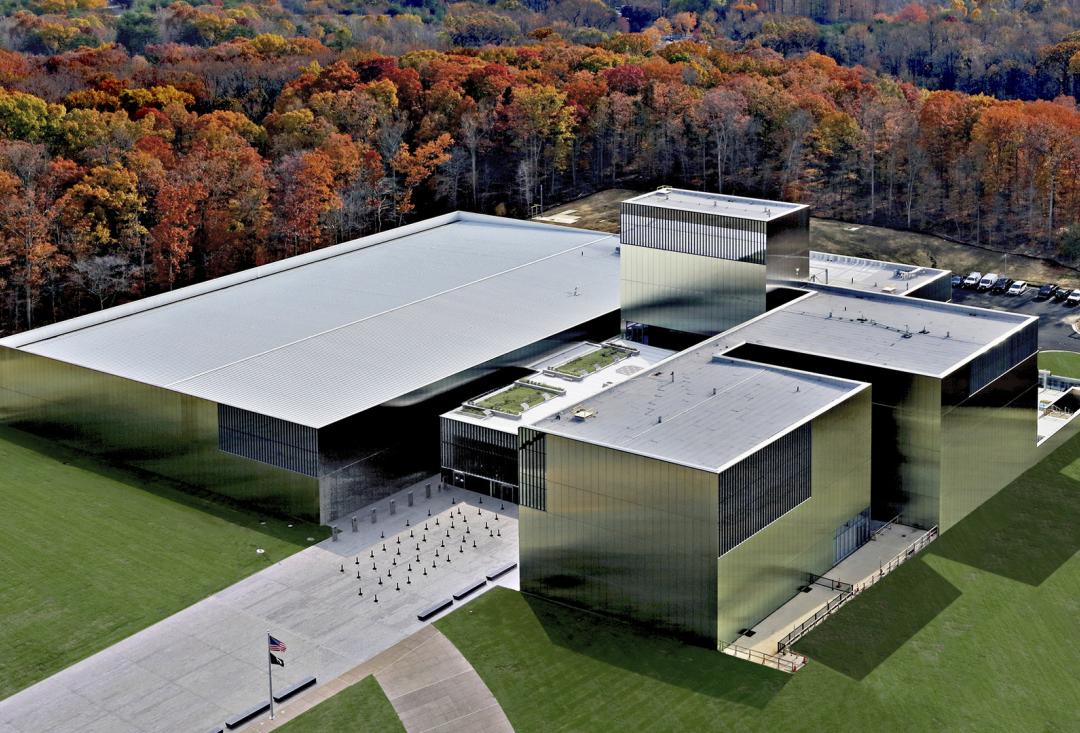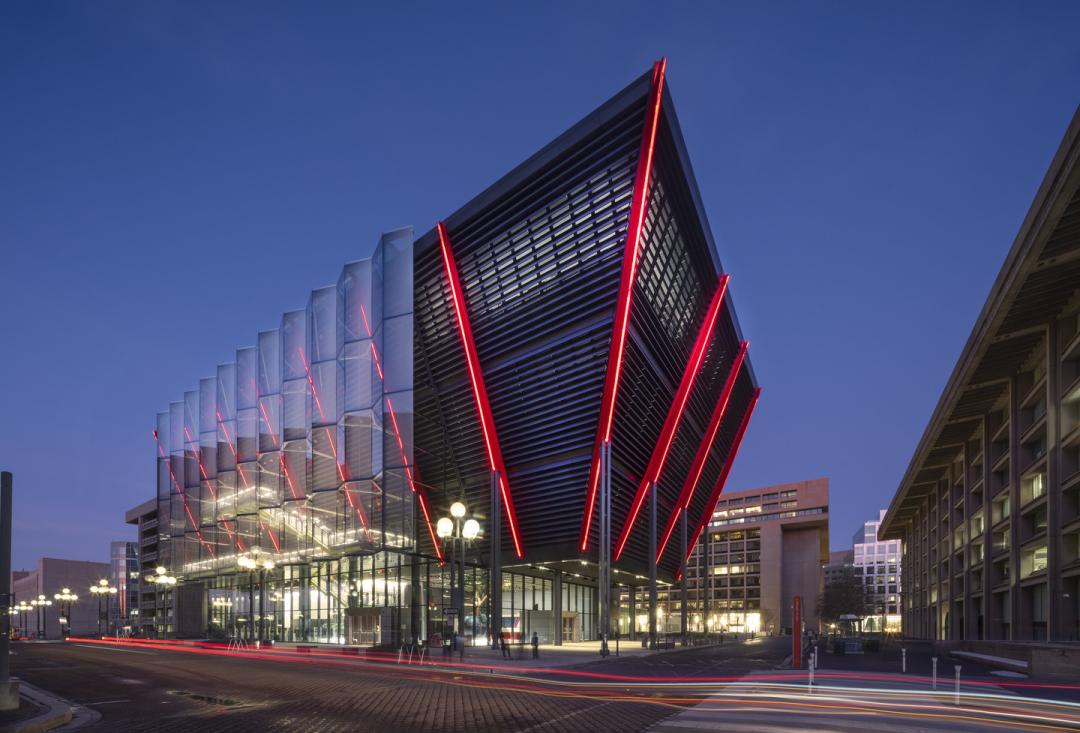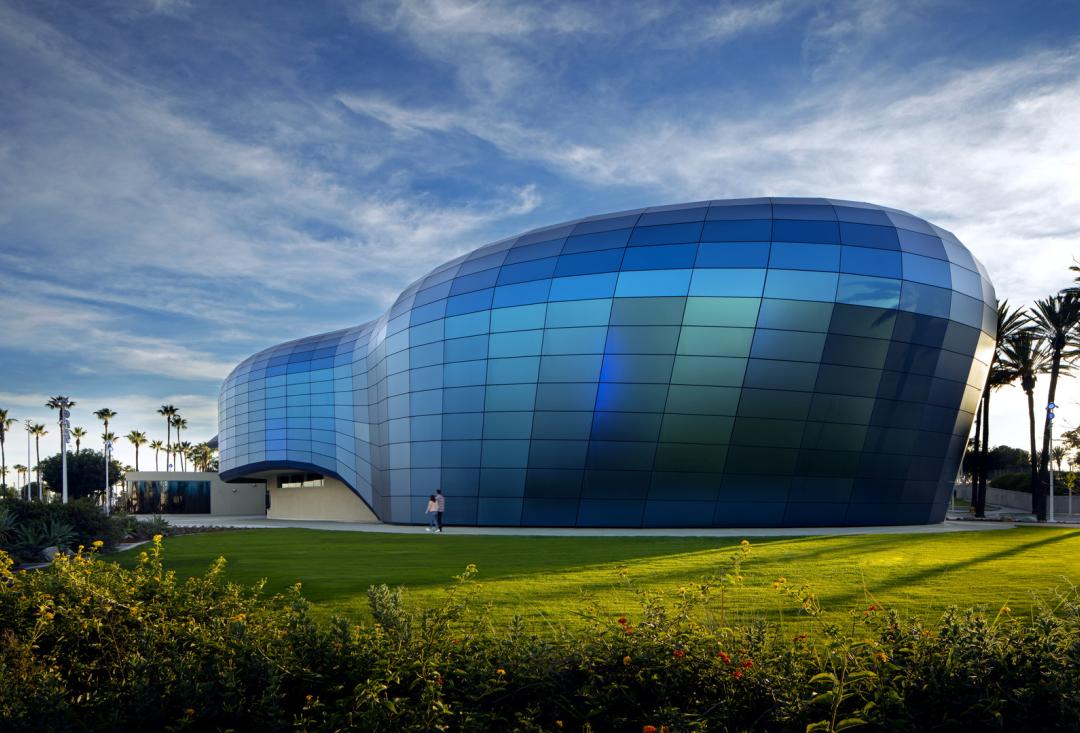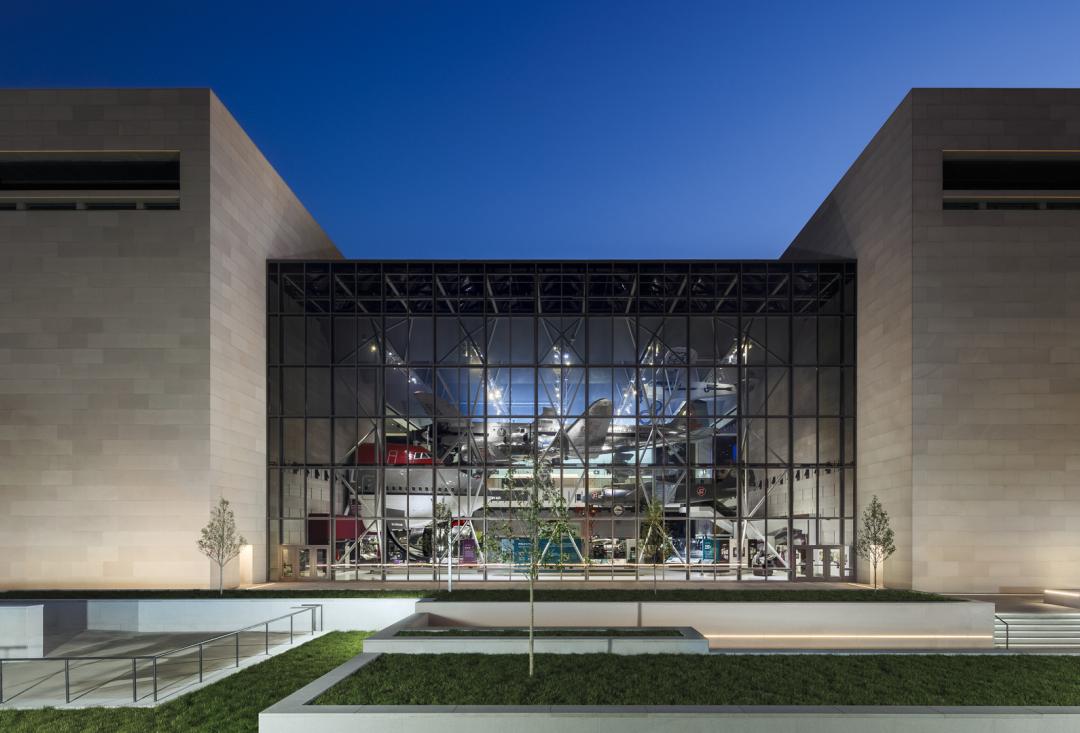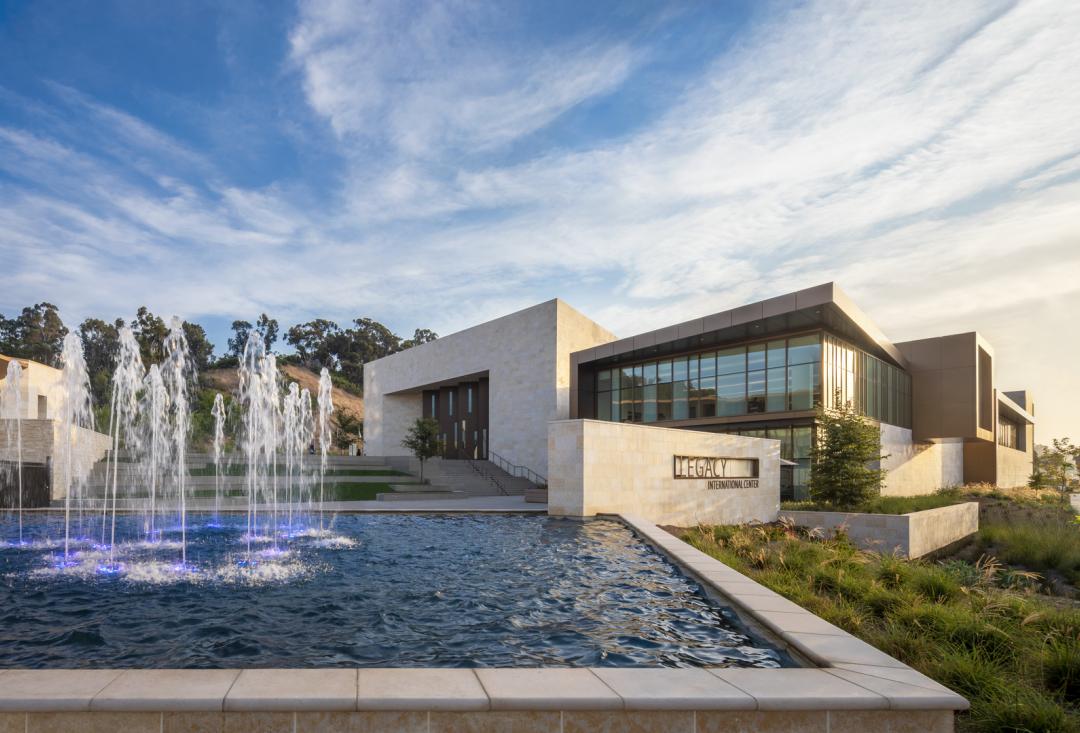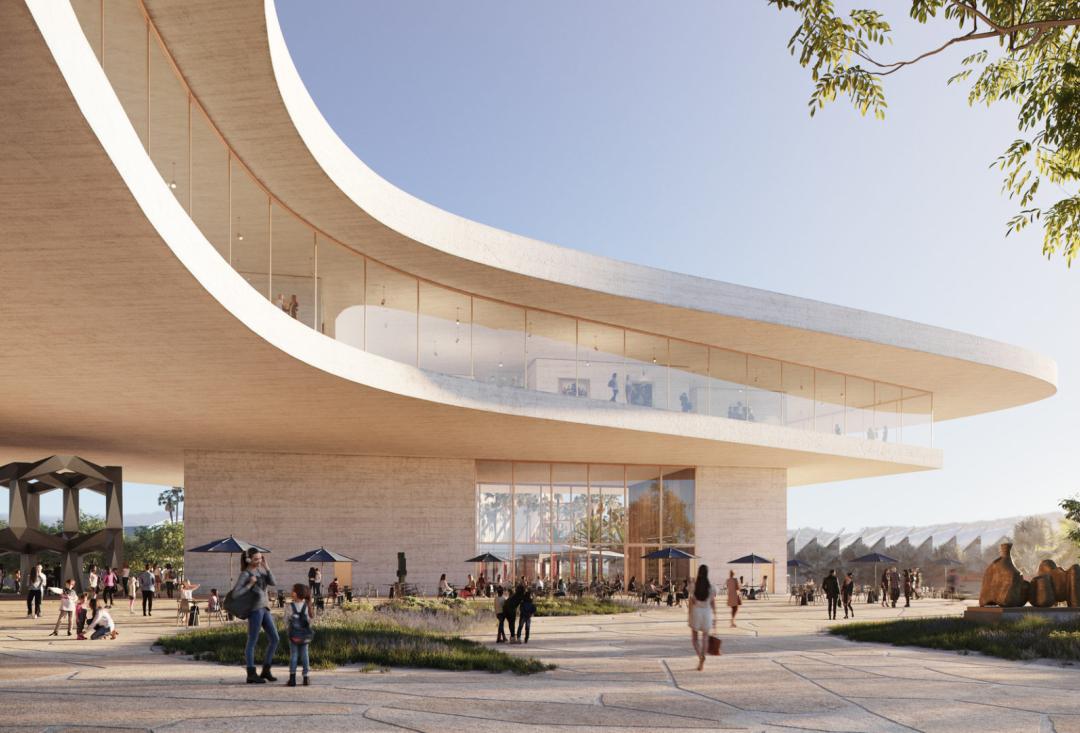Client
Smithsonian Institution
Designer
SmithGroup
Location
Washington, DC
Size
260,000 Square Feet
Completion Date
2004
Delivery Method
General Contracting
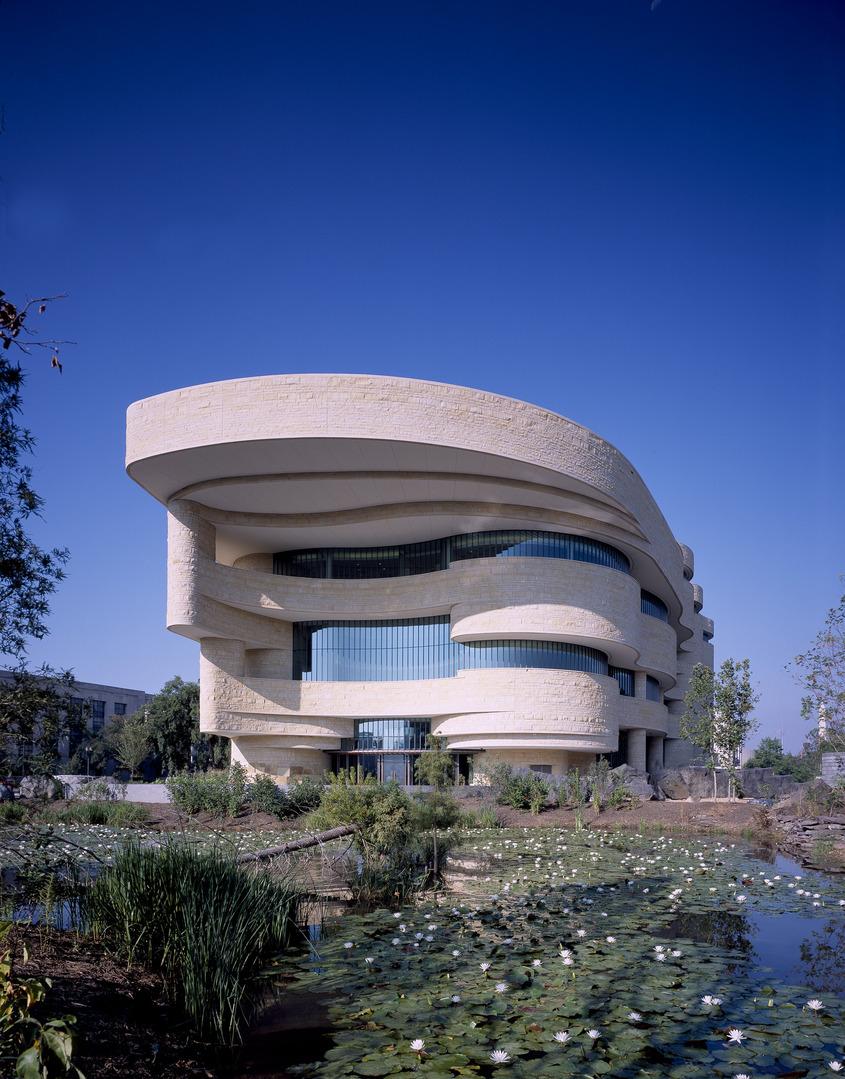
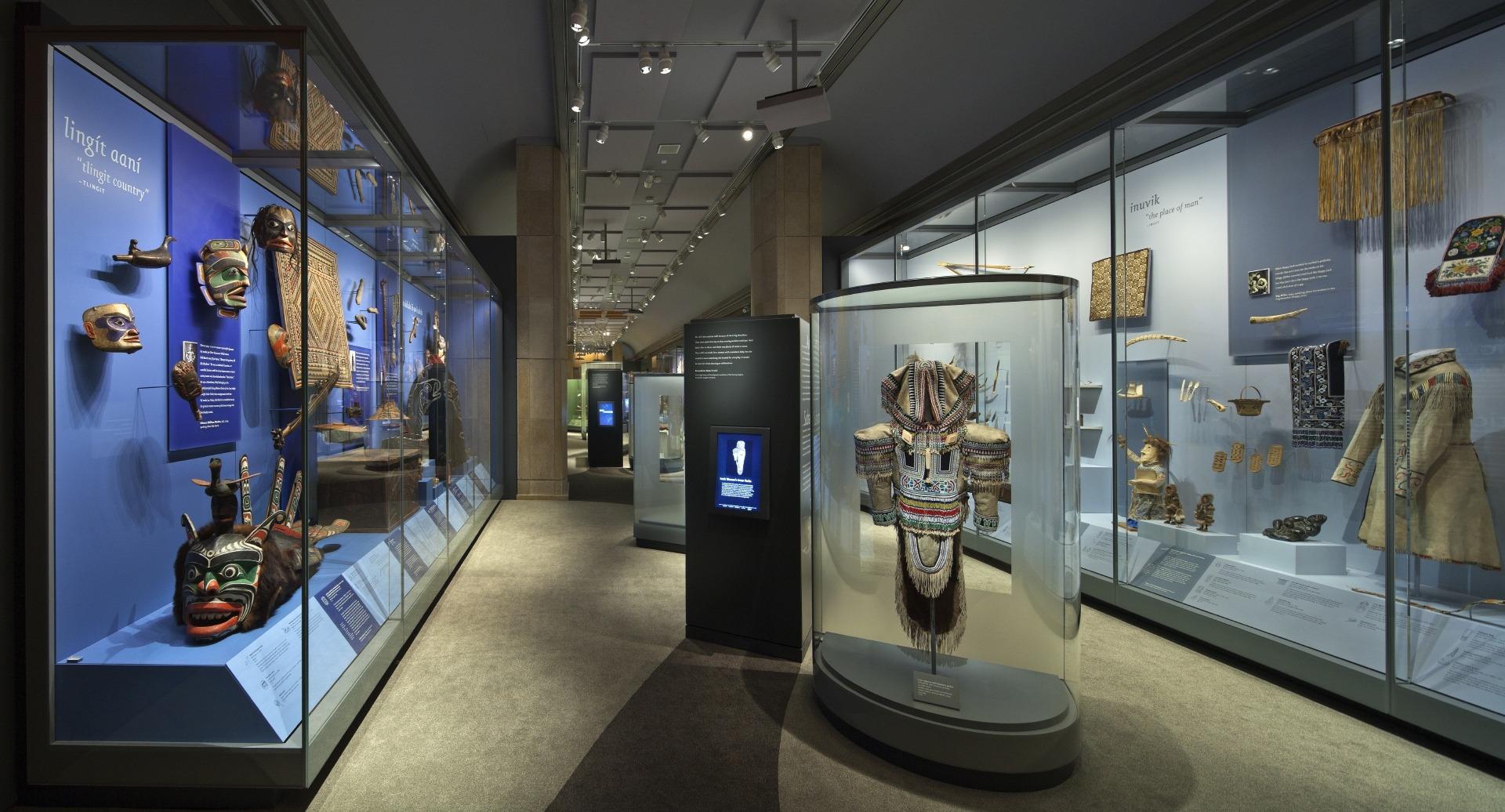
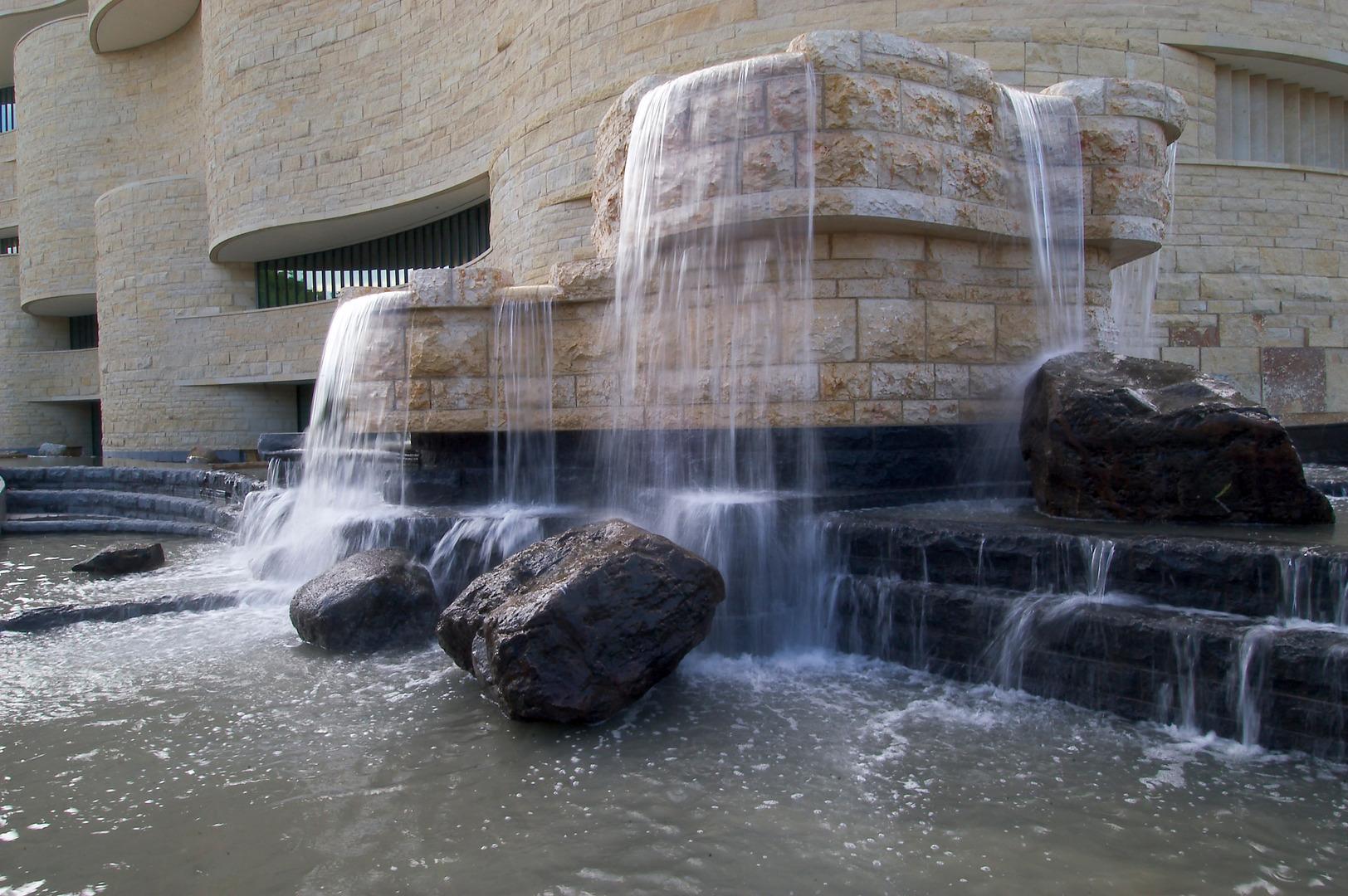
National Museum of the American Indian is a 260,000-square-foot, five-story tribute to Native American history and culture. The building’s special features — an entrance facing east toward the rising sun, a prism window, and a 120-foot-high entrance called the Potomac — were carefully designed in close consultation with the Native American community to reflect their culture. The museum grounds cover four acres and are a vital part of the museum. They capture natural landscapes indigenous to the region, including wetlands, meadowlands, and a hardwood forest.
Awards
2005 AGC of DC Washington Contractor Award (New Building/New Construction)
2005 ABC of Metro Washington Excellence in Construction Award (Mega Project)
2005 Building Design + Construction Building Team Award (Platinum)
2005 NAIOP DC/MD Award of Excellence
2005 WBC Craftsmanship Award (Electrical/Lighting Systems)
2005 WBC Craftsmanship Award (Finishes/Flooring)
2005 WBC Craftsmanship Award (Masonry/Exterior Stone)
2005 WBC Craftsmanship Award (Special Construction/Prism)
2005 WBC Craftsmanship Award (Electrical/Special Systems)
2005 WBC Craftsmanship Award (Architectural Millwork)
2005 WBC Craftsmanship Award (HVAC/Sheet Metal)
2005 WBC Craftsmanship Award (HVAC/Piping)
2005 WBC Craftsmanship Award (Finishes/Plaster)
2004 Mid-Atlantic Construction Magazine Best Project Award (Merit)
2003 ABC of Metro Washington Excellence in Construction Award (Concrete)
2003 American Concrete Institute Notable Project Award
1999 WBC Craftsmanship Award (Special Construction/Thermal and Moisture)
1999 ABC of Metro Washington Excellence in Construction Award (Institutional)
1999 WBC Craftsmanship Award (Mechanical/HVAC)
1999 WBC Craftsmanship Award (Masonry/Unit Masonry)
